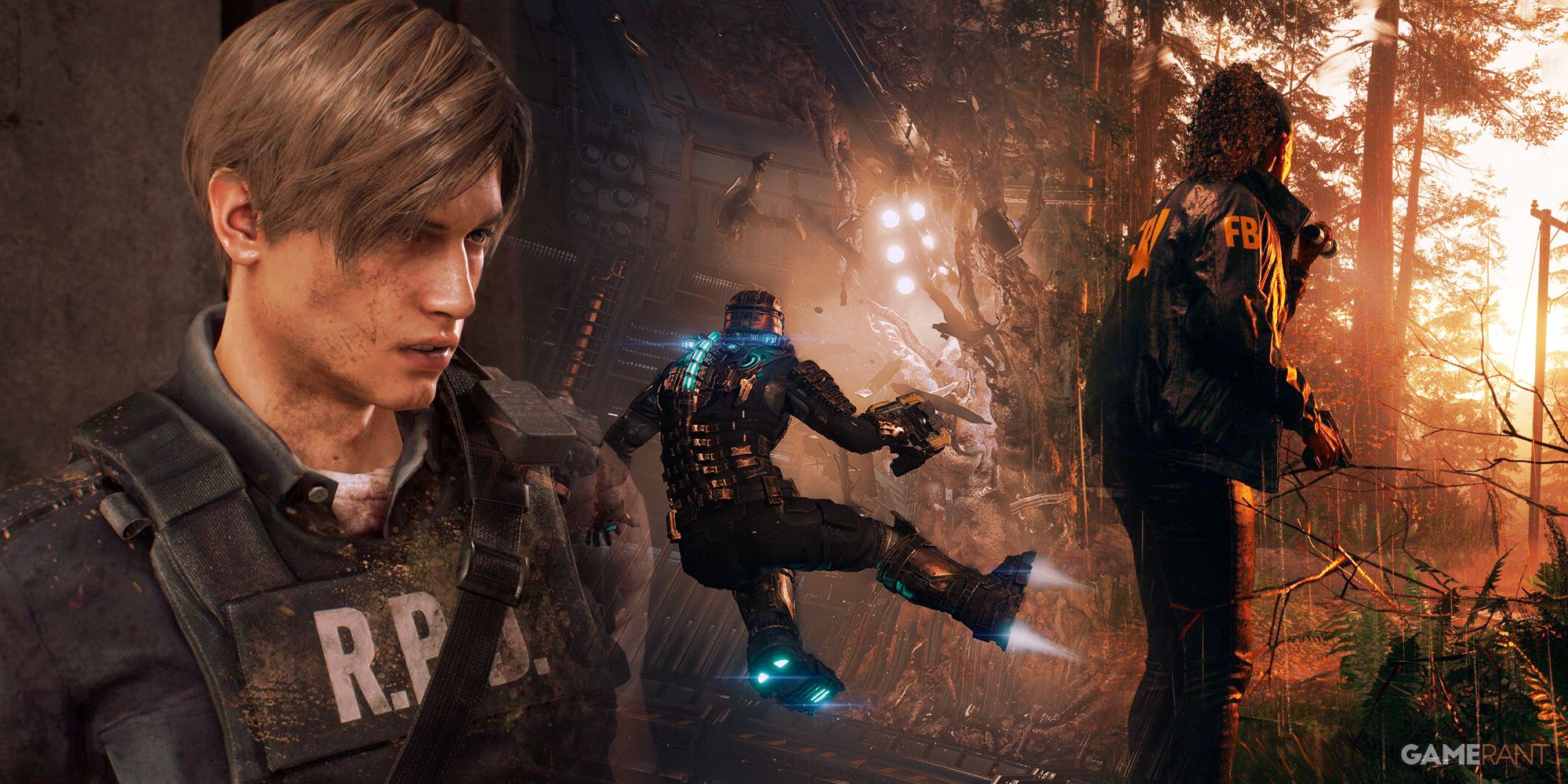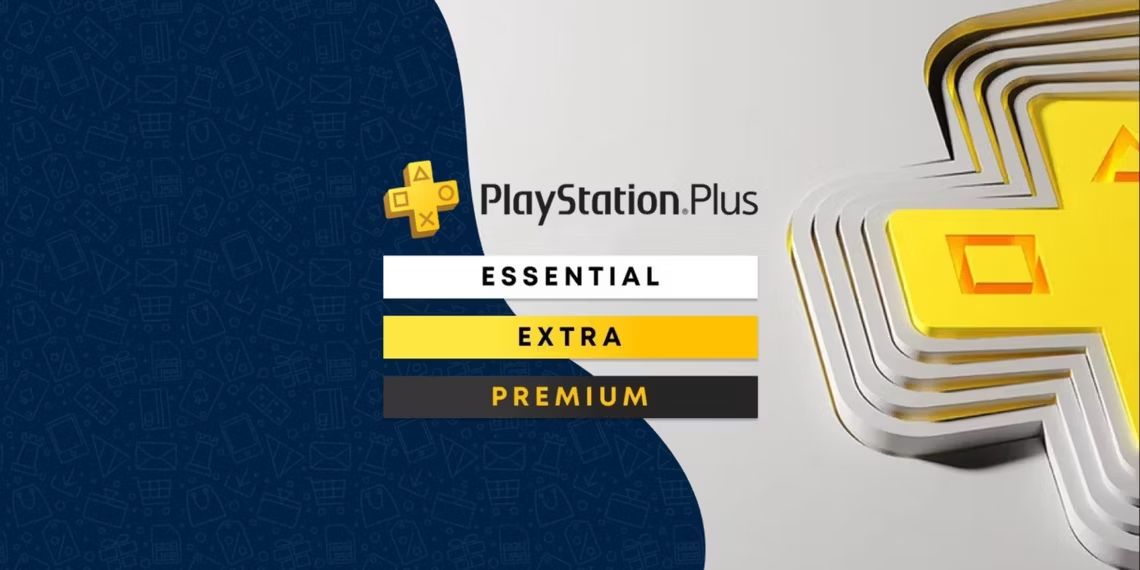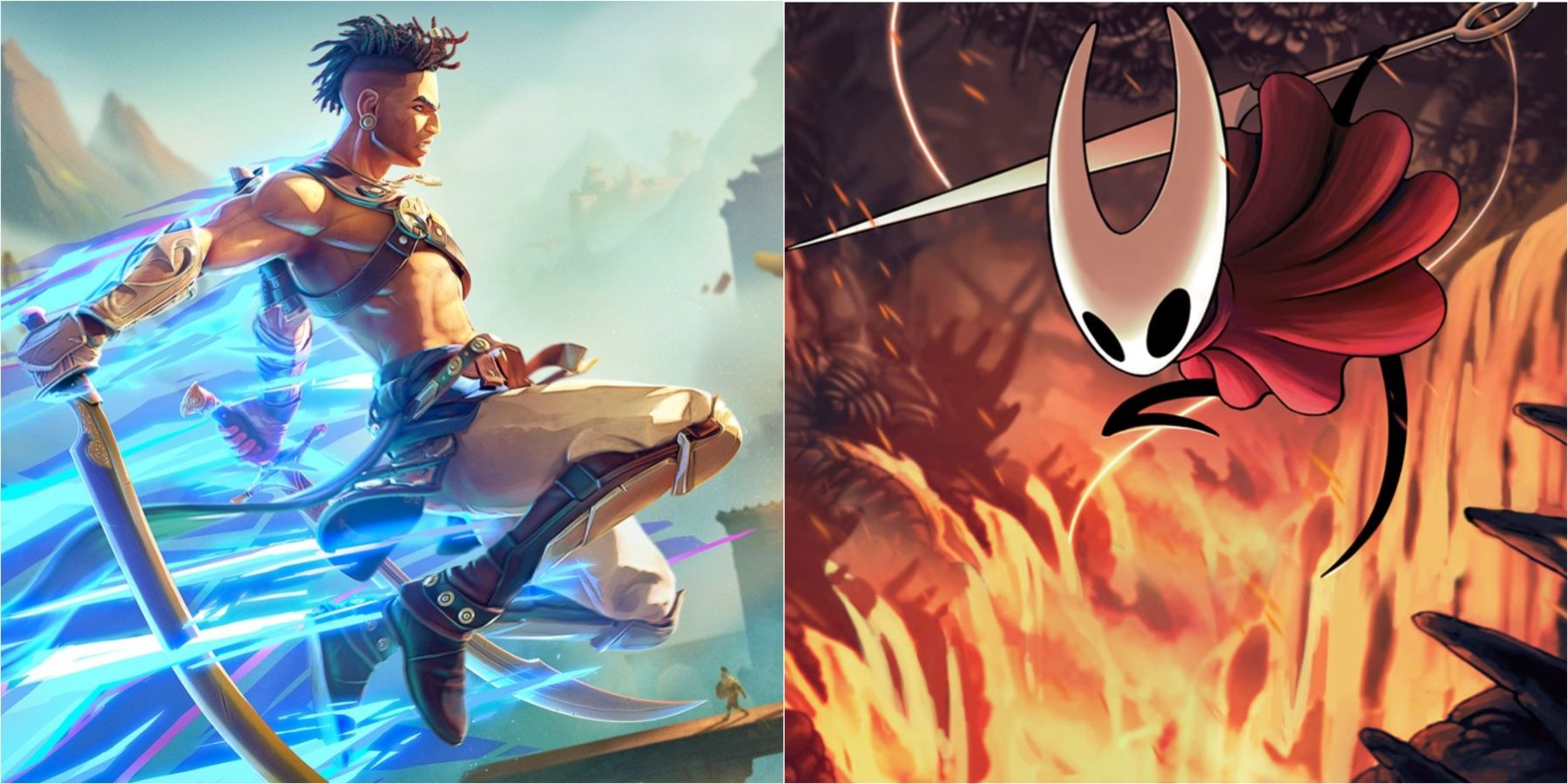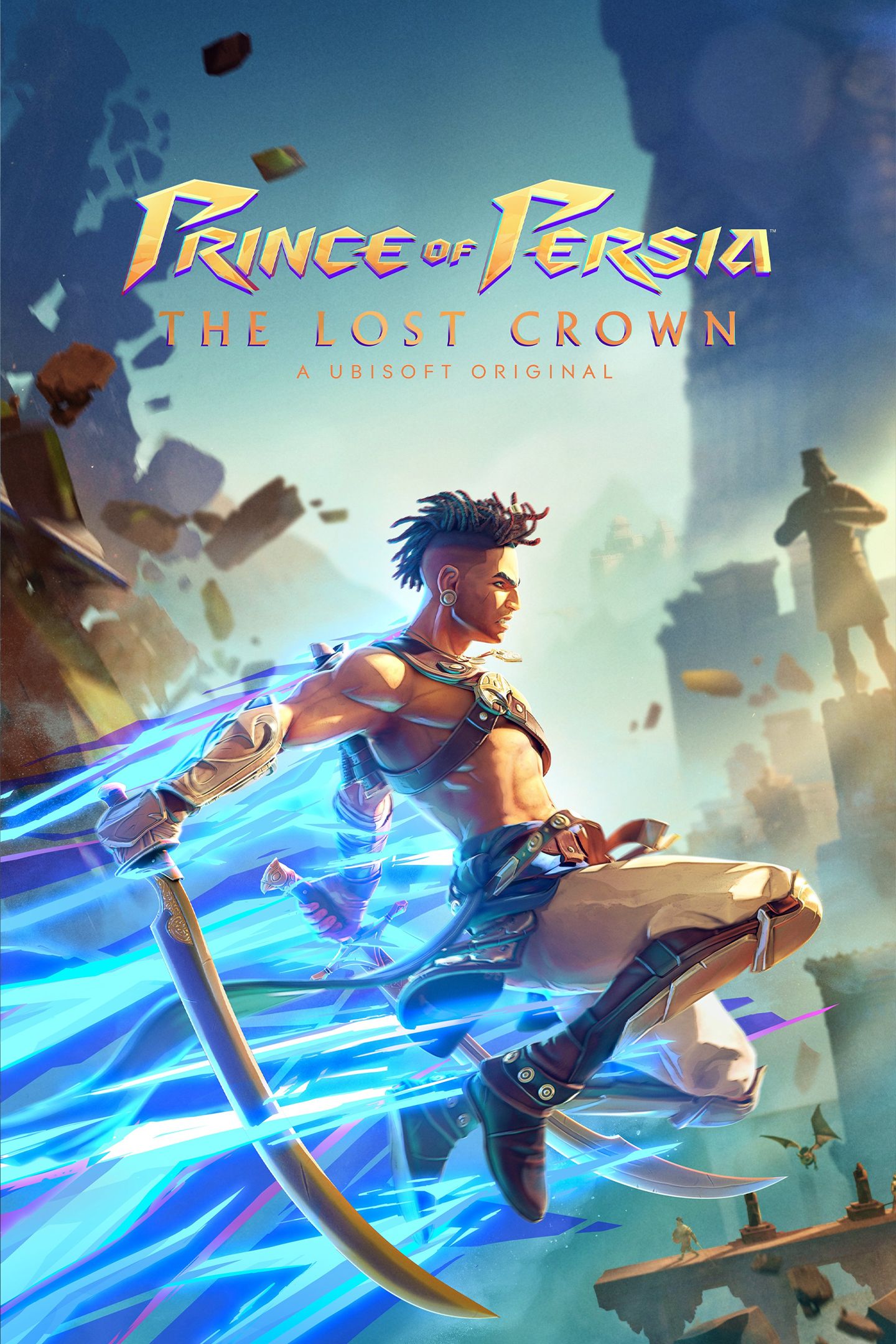Highlights
- Prince of Persia: The Lost Crown has been highly praised by fans and general audiences, defying expectations for a revived 2D Metroidvania game after 14 years of the franchise's dormancy.
- The game goes out of its way to make the Metroidvania genre more accessible, with a unique Memory Shard mechanic that allows players to easily locate locked areas and obstacles on the map.
- Making a similar mechanic optional within Hollow Knight: Silksong could please both fans who appreciate accessibility and those who value the game's original sense of exploration.
Kicking off the year with a mighty bang, Prince of Persia: The Lost Crown hit store shelves last week, and its initial reception has been nothing short of glowing. While long-time Prince of Persia fans have kept their eyes peeled since the game's first announcement back in June 2023, The Lost Crown was a tough sell for general audiences. A franchise that's been dormant for 14 years getting revived with a 2D Metroidvania isn't often a recipe for success in the video game industry, but Ubisoft Montpellier did everything it needed to do to ensure that wouldn't be the case.
A notoriously unfriendly genre for newcomers, a Metroidvania's core premise inherently means that many players will feel overwhelmed and lost from the get-go, but Prince of Persia: The Lost Crown proves that doesn't need to be the case. While it's not the first to make a more accessible Metroidvania, Ubisoft Montpellier goes out of its way throughout The Lost Crown to ensure that players don't feel too out of their depth, with one mechanic in particular setting a new standard for the genre, and giving Hollow Knight: Silksong a tough decision to make.
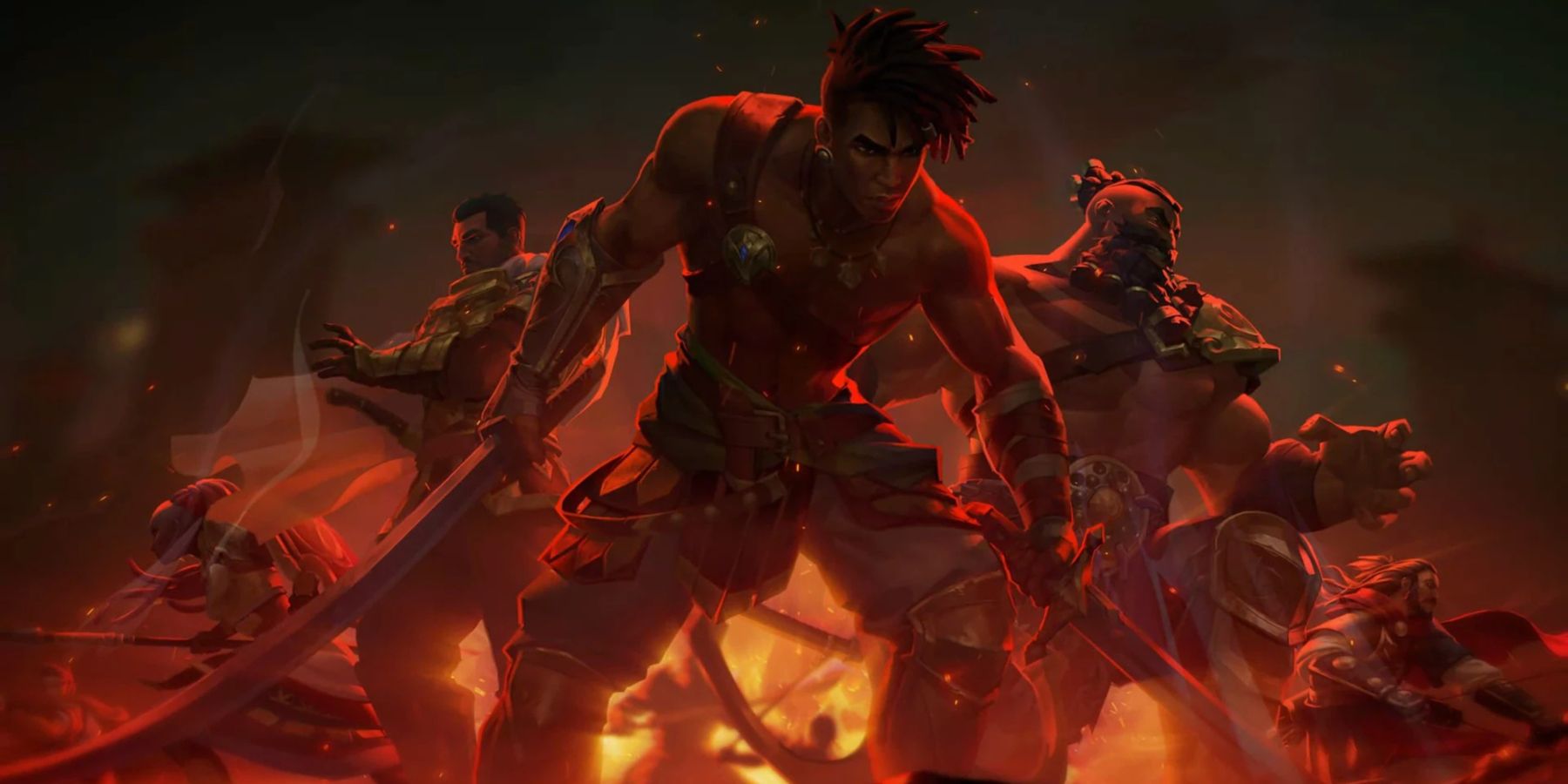
Prince of Persia: The Lost Crown's Ending Explained
Prince of Persia: The Lost Crown has a rich narrative that deals with adult themes and time-bending powers, and its ending is pretty explosive.
Prince of Persia: The Lost Crown's Memory Shard Mechanic Could Work Well for Hollow Knight: Silksong
How Prince of Persia's Memory Shard Feature Works
Very early on in Prince of Persia: The Lost Crown, players will encounter their first Wak-Wak Tree, which essentially acts as a checkpoint where players can heal and swap out their Amulets and Athra Surges. After interacting with this first tree, players will gain access to 15 Memory Shards. These Memory Shards allow players to take a screenshot of their surrounding area, which then gets pinned to the map automatically. Upon opening the map, players can see their placed Memory Shards at any time.
For many Metroidvania fans, these Memory Shards quickly become an invaluable tool. A core tenet of the Metroidvania genre is the loop of seeing a locked area, committing its location to memory, and returning once the player has the necessary ability. Prince of Persia: The Lost Crown removes that troublesome middle step, allowing players to simply open up their map, click on a Memory Shard, and see directly exactly where that closed path was and what was blocking it.
Adding Memory Shards to Hollow Knight: Silksong Could Be a Double-Edged Needle
As is the case with most new things in the gaming industry, Prince of Persia: The Lost Crown's Memory Shards caused quite the stir upon its initial reveal, with many Metroidvania fans claiming that it eliminated a major sense of exploration, a core pillar of the genre. But on the other hand, many Metroidvania fans loved it, seeing it as an innovative tool that should be the new standard for the genre. This puts Hollow Knight: Silksong in a tricky situation.
In the original Hollow Knight, the player's map didn't fill out as they continued to explore. While some found this immediately too overwhelming, many strongly believe that it's a core building block of Hollow Knight's uniquely lonely, lost atmosphere. On one hand, adding a Memory Shard-like mechanic to Hollow Knight: Silksong could add a new layer of accessibility that many players of the first game would probably really appreciate, but on the other hand, it could also mean that Silksong loses a fundamental piece of its identity. However, there is a perfect middle ground available, as Hollow Knight: Silksong could introduce a completely optional Memory Shard-like mechanic that players can toggle on and off at will, thus pleasing both crowds.

